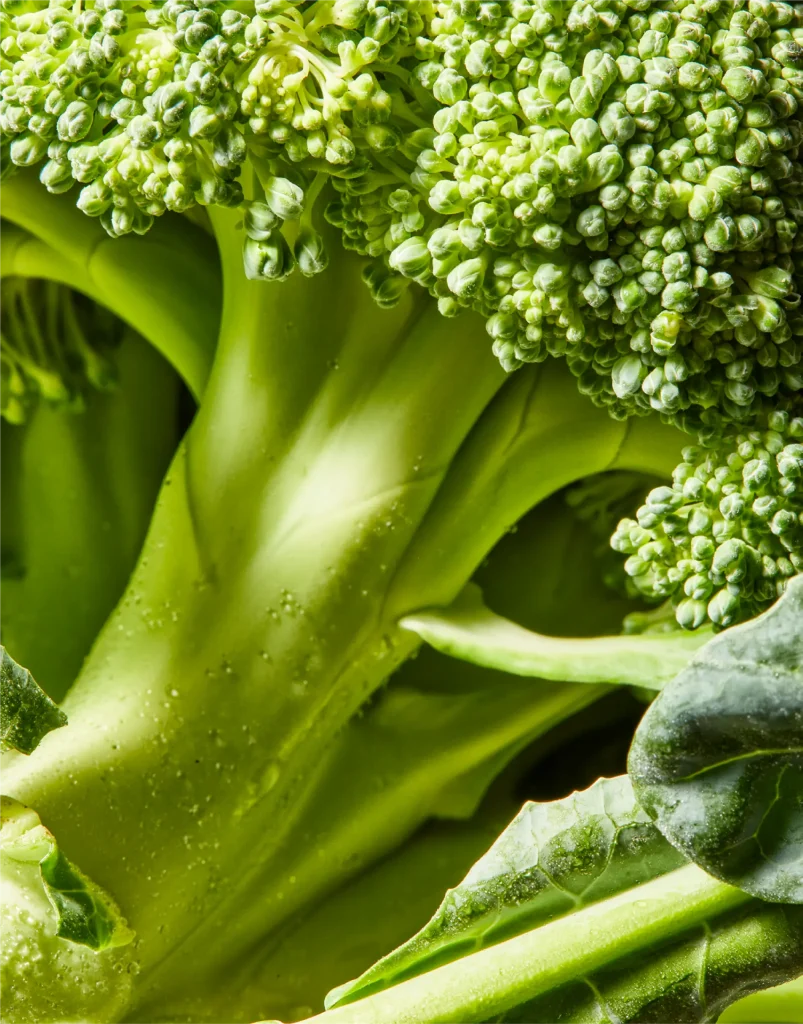PLANT-POWERED PROTEIN 
Veggie Protein Heroes
Veggie Protein Heroes
Flexitarianism is on the up, with more people adopting the sentiment: friends, not food! For flexis, there’s the desire to slowly reduce the amount of animal product going into their dishes, with the need to find menus with minimal amounts of meat and fish.
For more established vegan/vegetarians, the desire for highly indulgent dishes is a thing of the past, with people seeking new culinary experiences that revolve
around plant-powered protein such as beans, pulses and vegetables. They want flavorsome and healthy dishes, without the highly indulgent dishes. It’s about broadening our horizons to celebrate plant power in the most interesting ways.


FLEXITARIANISM: HOW Small Changes CAN MAKE A BIG DIFFERENCE
Words by
Lauren Kemp
Flexitarians Have It All
Back in the day, vegetarians going out to eat were served stuffed mushroom to start with and penne all’arrabbiata for their main. They could try and make up a meal out of sides, but it was frowned upon. They must accept their lot and look forward to dessert where they could eat like the rest. Vegans were simply not invited.

35% of French households are reducing their meat consumption
No more! That’s thanks to plant-forward menus, vegan, and vegetarian options. The rise of the flexitarian has turned these sorry dinner tables all the way around, and rightly so!
Flexitarian is defined as ‘a primarily vegetarian diet with occasional meat or fish’. The flexi method means that nothing is strictly off limits, so diners are free to choose based on their own needs and preferences, be they
physical, financial, or environmental.
Flexi’s principles are largely contained within the term ‘conscious gastronomy’, which reflects all the things modern diners love – seasonal, organic, local, low-waste and low-carbon offerings that are cheaper both to create and to order.
Researchers from the University of Westminster have found that “meat eaters are significantly more likely to choose vegetarian meals when they make up the majority of food offered. A menu had to be at least 75% vegetarian for this choice tipping point to occur.”
Vegetarian and vegan options have a much larger profit margin than meat-based dishes. It’s no surprise that chefs across the globe are now extolling the virtues of vegetables and sharing exponentially more fabulous ways to center veg-centric dishes.
FOUR INGREDIENTS FOR HEALTHY AND MINDFUL DISHES
With
Sana Minhas, Nutritionist
Written by
Ryan Cahill
The growing movement toward embracing plantforward sources not only reduces our reliance on animal agriculture but also offers numerous health benefits. Below, Sana Minhas suggests four nutritious plant based ingredients to help the wellbeing of people and the planet.
- Beans and Pulses
These versatile members of the legume family boast a surprising superpower: they can convert nitrogen from the air and ‘fix’ it into a form that can be readily used by plants. Beans and pulses are also a rich source of fibre, protein and B vitamins. - Whole Grains
Whole grains and cereals have been a key source of food for humans for the longest of times. Diversifying carbohydrate sources beyond the basic white rice, maize and wheat is essential for not only making our menus more exciting and unique, they also provide more nutritional value and improve soil health. Think about millet, buckwheat, wild rice, quinoa – these wholegrains take your dishes to the next level and help your diners eat more wholesomely. - Leafy Greens
Leafy greens are the most versatile and nutritious of all types of vegetables. They contain dietary fiber and hence are good for your gut and are packed with lots of vitamins and minerals, low in calories, and provide many health benefits. - Nuts and Seeds
As well as being high in protein, healthy fats, and vitamin E, the desirable flavor and crunchy texture of these little powerhouses makes them a great addition to almost every dish.

Humans have discovered 200.000 edible plants, but we only consume 150-200 on a regular basis, which is less than 1%.
